

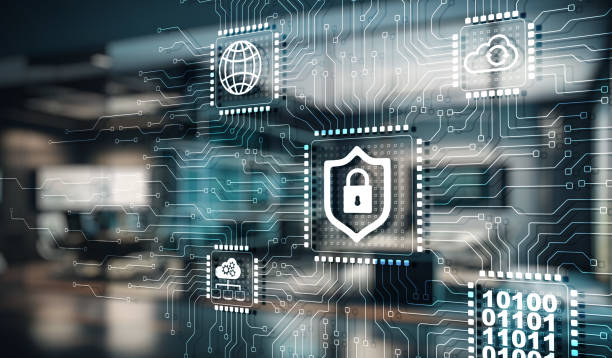
Did you know that over 30,000 websites are hacked daily? Yes, daily! In an era where digital threats lurk in every corner of the internet, cybersecurity is crucial for everyone.
Given the recent surge in remote work, the digital safety net is more important than ever before. The boundaries of our digital playgrounds have expanded, and with them, the risks.
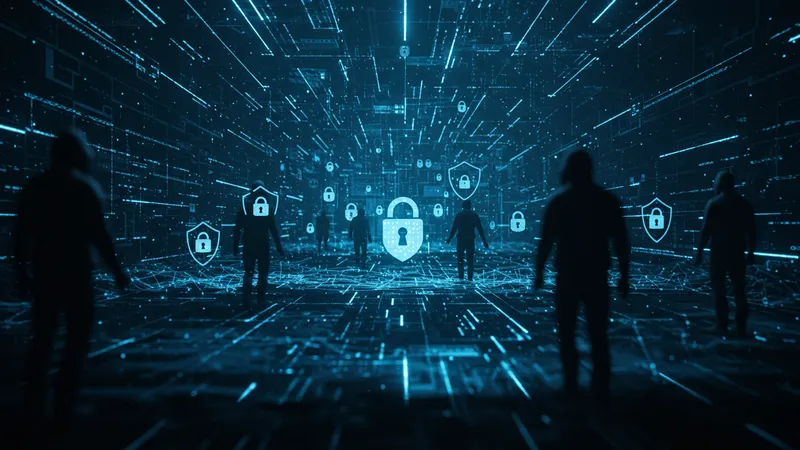
Cybersecurity isn’t just about protecting data; it’s about securing our very identities. With cases of identity theft rising, the need for comprehensive cybersecurity measures has never been greater. Shockingly, many are unaware of the basic precautions that could save them from disaster. But that's not even the wildest part…
The future of cybersecurity isn’t just in firewalls and antivirus software anymore. Innovations are emerging that make the old tech look like relics of a digital stone age. Emerging technologies like artificial intelligence and machine learning are reshaping the landscape in ways we couldn't have imagined just a few years ago. What happens next shocked even the experts…
The narrative around cybersecurity often centers on malicious hackers, but internal threats lurk within organizations, often going unnoticed. Employees, either through negligence or intention, can inadvertently invite trouble. It's unsettling to think that trusted individuals could be the weakest link. But there’s one more twist...

Contrary to popular belief, smaller companies are more frequent targets of cyberattacks because hackers assume their defenses are weaker. It's a deceptive lullaby that lulls these companies into a false sense of security, often until it's too late. The startling truth? Attacks can cripple a small business overnight, leaving them with monumental recovery costs.
With the rise of smart devices, the threat landscape has changed dramatically. Every connected device is a potential entry point for cyber criminals. Many devices, ranging from smart thermostats to connected fridges, lack even basic security measures. This IoT revolution has paved the way for new vulnerabilities, making the cybersecurity challenge ever-complex.
Insider threats and IoT vulnerabilities demand new strategies. As companies scramble to protect themselves, understanding the nuances of these unexpected dangers is critical. What you read next might change how you see this forever.
When considering cybersecurity, the immediate thought is software costs, but the hidden expenses are often overlooked. Beyond purchasing security tools, businesses incur costs related to employee training, system updates, and potential downtimes from breaches. The resource allocation can be staggering.
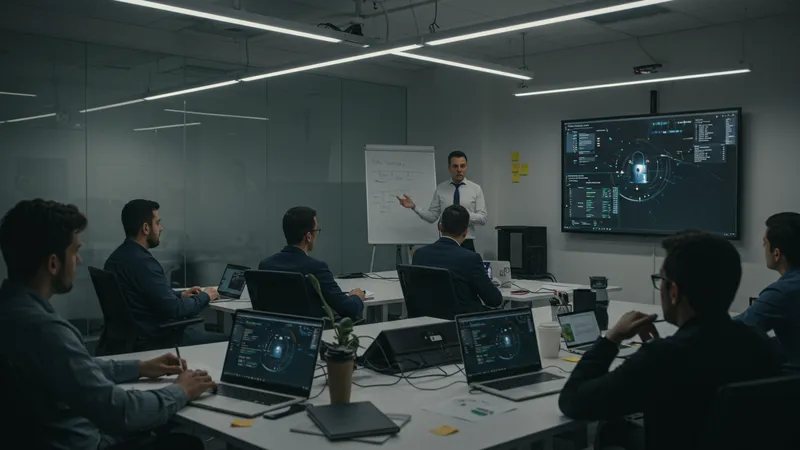
Employee training is crucial; untrained staff can become a liability. Facilitating regular workshops and refresher courses can accumulate costs over time, yet they're necessary for maintaining a robust defense mechanism. Forgoing this step could mean financial ruin if a breach occurs due to human error.
Updating systems and software is another financial strain. It's not just about renewing licenses; it's ensuring every piece of tech is running the latest version, fortifying against emerging threats. The cost of keeping up with technology is high, and those who lag are at increased risk.
The financial burden extends beyond direct expenses. A significant breach can lead to loss of consumer trust, which is much harder to quantify. But cybersecurity isn't just a cost; it’s an investment. Understanding its importance is more vital now than ever. But wait, there's more to uncover...
Many individuals and companies still rely solely on antivirus programs, thinking it's synonymous with full protection. Yet, these tools often only protect against known threats and basic malware. Alas, they fail in confronting the full spectrum of cybersecurity challenges.
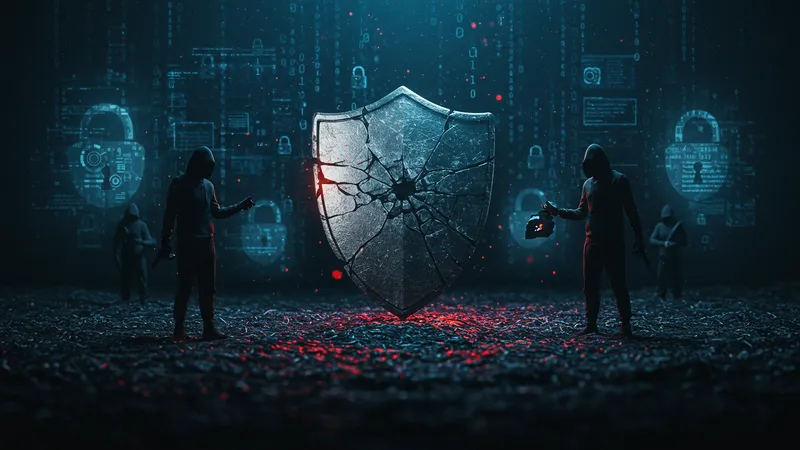
The modern cyber criminal doesn't play by the rules. They leverage advanced persistent threats (APTs) that can circumvent traditional security measures and remain undetected for extended periods. These silent infiltrators necessitate a radical rethink in digital defense strategies.
To enhance security, layered protection is crucial. This involves integrating firewalls, intrusion detection systems, and behavior-based monitoring. Each layer addresses different aspects of a potential attack, offering a more comprehensive shield.
The evolving threat landscape suggests the need for more proactive cyber defenses equipped with real-time monitoring. Companies must consider a multi-faceted approach to stay ahead of evolving cyber threats. What comes next in this journey could redefine cybersecurity forever.
Artificial Intelligence (AI) is revolutionizing cybersecurity with its ability to predict, detect, and neutralize threats faster than humanly possible. Machine learning algorithms analyze vast amounts of data to identify patterns and anticipate malicious behavior.
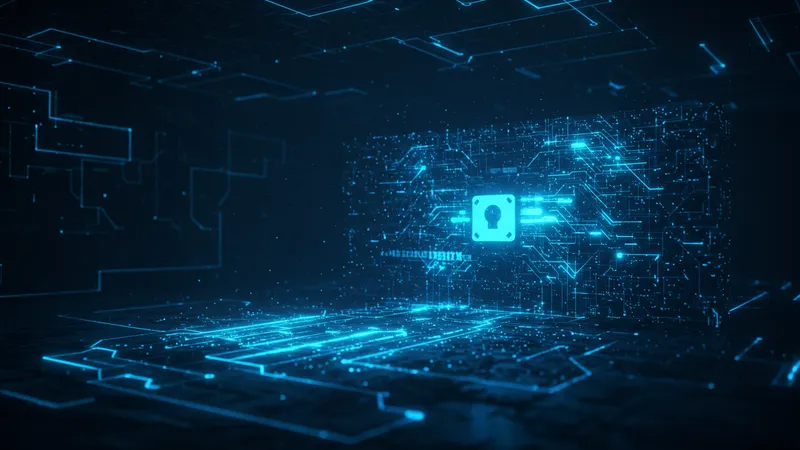
Imagine an AI system that continuously learns, evolving with each cyber incident it encounters. This cuts down response times dramatically, flagging anomalies almost instantly. This technological leap offers unprecedented protection layers, reinforcing digital fortresses everywhere.
But with great power comes great responsibility. Harnessing AI poses ethical and practical challenges. Over-reliance on automated systems can give rise to complacency, leaving gaps in human oversight. As an emerging frontier, balance is critical in leveraging AI’s full potential.
Despite these challenges, AI and machine learning represent a transformational shift. They're turning the dream of predictive cybersecurity into a reality, reshaping how we protect digital assets. What's revealed on the next page will surprise even the staunchest tech enthusiasts.
The term 'cyber hygiene' might sound trivial compared to grand cybersecurity strategies, yet it remains a cornerstone of everyday digital safety. Basic good practices, like using strong, unique passwords and regular software updates, are non-negotiable.
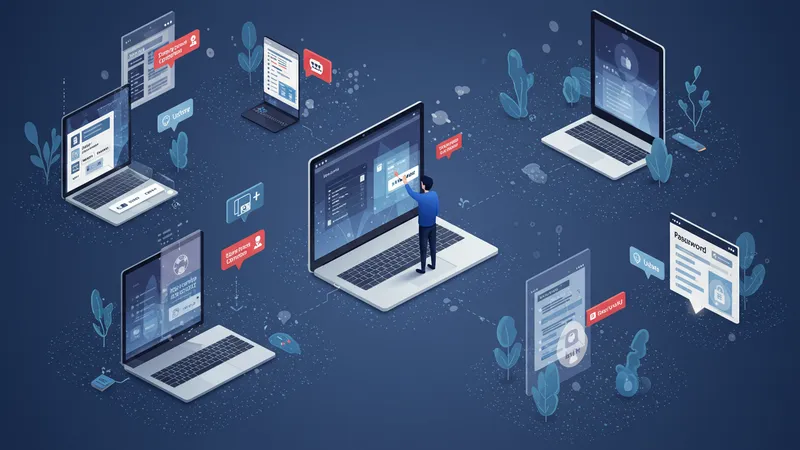
An alarming number of people use the same passwords across multiple sites, a prominent vulnerability cybercriminals exploit. Implementing password managers can easily combat this issue, urging individuals to maintain secure, varied credentials effortlessly.
Software updates are often ignored, with many assuming they're unnecessary nuisances. However, each ignored update could mean a window left open for potential breaches. Ensuring systems are up-to-date is one of the simplest yet effective defenses.
Adopting cyber hygiene isn't just about individual responsibility but forms the foundation of a broader cultural change toward online safety. The real question is, are we doing enough? As the narrative unfolds, it’s clear the story doesn't end here. More surprises await.
The saying goes, “To err is human," yet in cybersecurity, human mistakes can be catastrophic. Phishing attacks, the most prevalent cyber threats, exploit human fallibility by masquerading as trustworthy communications.

Preventing such schemes requires comprehensive user education. It's more than awareness; it's instilling vigilance and critical thinking. Companies must invest in regular training sessions that simulate real-world scenarios, enhancing preparedness.
Even the most sophisticated technological defenses become vulnerable to a single employee clicking a fraudulent link. Addressing human error is as critical as maintaining technical safeguards. It's the human layer of security often undermined but integral to the defense mechanism.
Nurturing a culture of alertness transforms potential Achilles' heels into strengths. While technology can advance protection, only an informed and cautious workforce ensures formidable cybersecurity. Will the next revelation render the need for this level of scrunity obsolete? Let’s see.
While digital transformation brings about efficiency and growth, it simultaneously introduces new security risks. As businesses embrace digital channels enthusiastically, the vulnerabilities exposed by rapid shifts often go unnoticed.
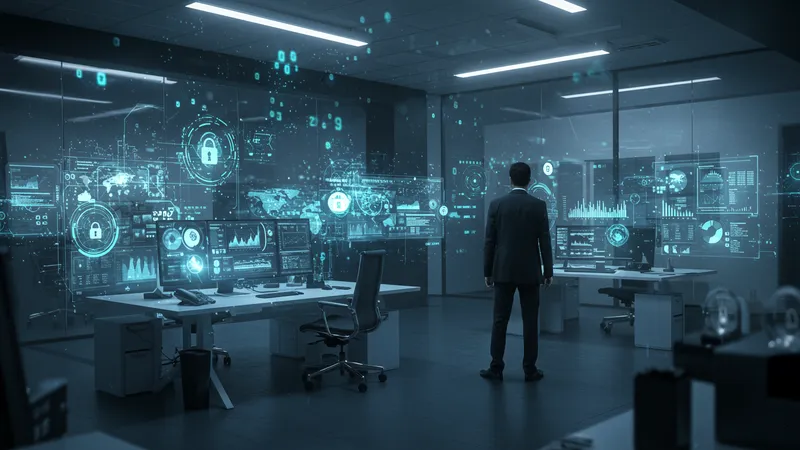
Many businesses prioritize speed over security, adopting new technologies before fully understanding their implications. This precipitates a perilous precedent where inadequately secured innovations catch organizations off-guard, inviting breaches.
It's crucial for businesses to strike a balance between innovation and safety. Establishing robust security protocols alongside digital advancements can steer transformative journeys away from potential pitfalls and disasters.
The future of digital growth hinges on this delicate balance. However, is it possible to maintain such an equilibrium without curbing innovation? The answer is nuanced, and the next chapters dive into alternatives that suggest a brighter outlook.
Cybercrime isn't just a local menace; it’s a global epidemic wreaking havoc across borders. The interconnectedness of global networks means breaches in one region can have ripple effects worldwide.
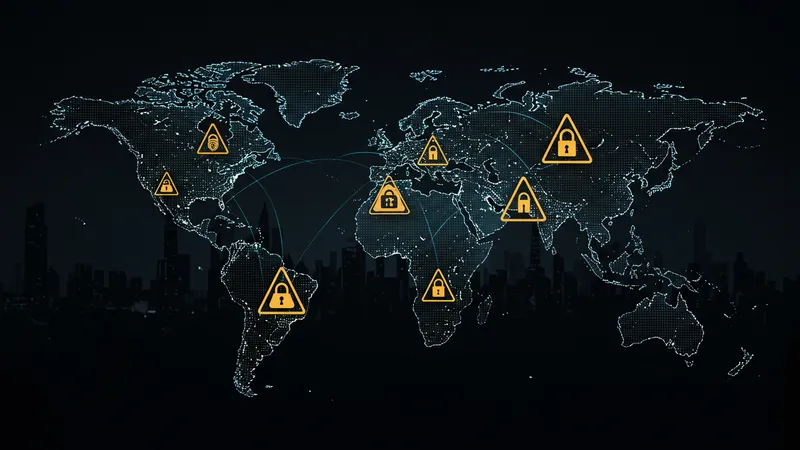
Consider ransomware attacks that cripple essential infrastructure, disrupting day-to-day operations of cities and countries. These cyber emergencies highlight the desperate need for international cooperation and standardized defense protocols.
While treaties and global dialogues aim to curb cybercrime, consensus on terms and regulations remains a challenge. Differing legal systems and technological capabilities complicate unified efforts.
The responsibility lies on international communities to foster collaboration, share intelligence, and build an inclusive security framework. Without this collaborative effort, no single country or organization remains secure. What’s the international community planning next? Read on.
The age of surveillance has seen privacy become a precious commodity. With data being referred to as the new oil, how we're watched and what’s done with our data arouses concern and debate.
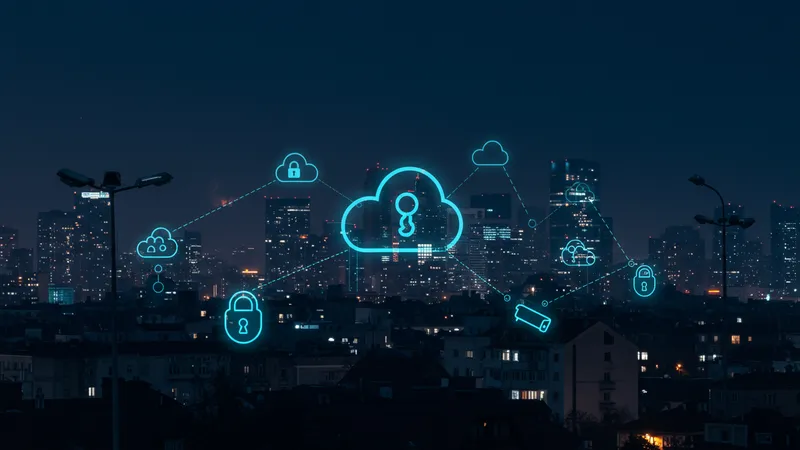
Balancing privacy with security is a Gordian knot. Increased surveillance aids crime prevention but at the cost of personal privacy. Data breaches often expose this delicate balance as highly sensitive information is made vulnerable.
Consumer awareness is on the rise, with individuals becoming increasingly conscious of their digital footprints. There's a growing demand for transparency regarding data collection and usage, forcing businesses to rethink their strategies.
This push for transparency and ethical data use could redefine how privacy is perceived and protected in digital spaces. The future implications of privacy norms could redefine the cybersecurity landscape. The following insight unfolds what could be a revolutionary approach.
A shift in cybersecurity begins with fostering a cultural transformation within organizations. Emphasizing security as a core organizational value is key, but it demands a top-down commitment.
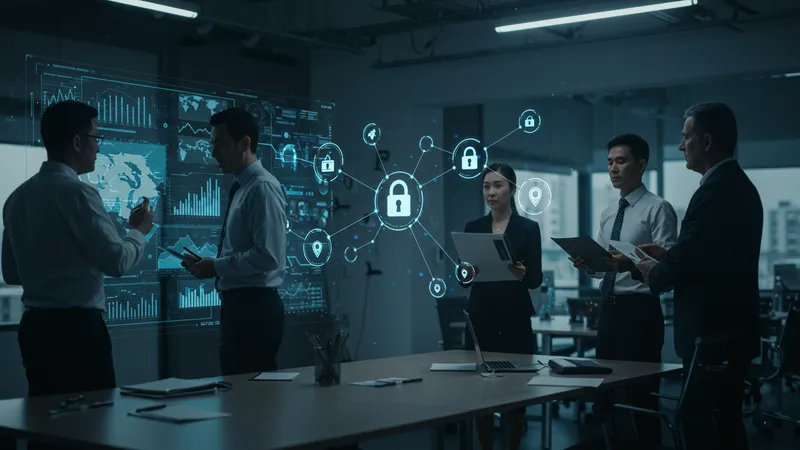
Leadership plays a pivotal role in shaping this philosophy. When executives champion cybersecurity, it cascades throughout the organization, establishing an environment of diligence and accountability.
Incentivizing good cybersecurity practices and rewarding vigilance can fortify this cultural shift. Employees become active participants in maintaining safety rather than passive actors performing detached tasks.
Building this culture is an ongoing process but the bedrock upon which lasting security measures stand firm. Leadership thus invested in this cause might spark innovative and groundbreaking trends that we’ll explore further.
Cyber warfare has emerged as the new frontier of geopolitical tensions, where nations wield digital weapons instead of missiles. This veiled battleground affects every facet of societal infrastructure, from power grids to communication networks.
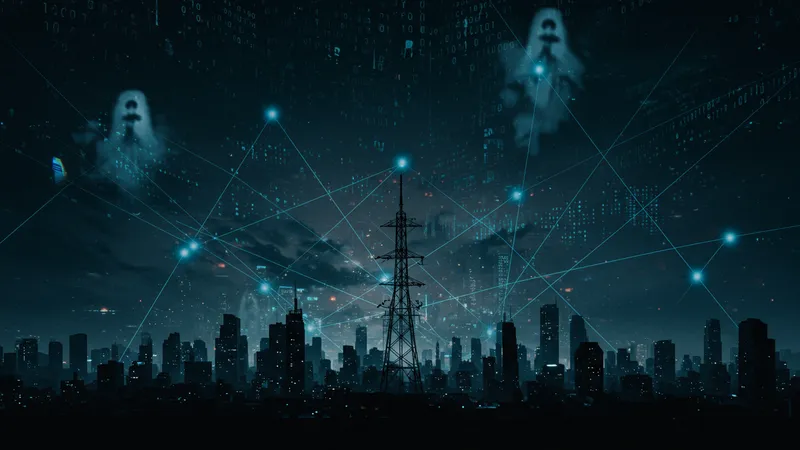
The implications of cyber warfare extend beyond immediate destruction, catalyzing long-term effects like national instability and economic turmoil. Nations must prepare strategically, creating defenses as sophisticated as the threats.
Building a resilient cyber defense infrastructure is critical. This involves investing in technology, fostering public-private partnerships, and prioritizing cyber readiness as a matter of national security.
The stakes are high, and overlooking this threat can lead to severe consequences that transcend borders. Understanding how governments are addressing these concerns can enlighten how civil peace can be maintained in this domain.
Looking towards the future, cybersecurity must embrace continuous evolution to outpace threats. Emerging technologies offer promising new solutions; blockchain, for instance, presents decentralized security that's ushering in new paradigms.
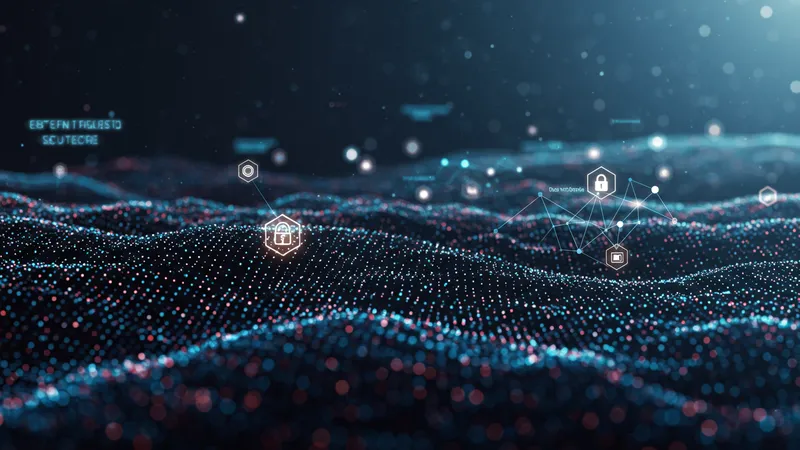
Zero Trust Architecture is gaining traction, reframing security protocols to verify everything in the network explicitly. It combats assumptions of inherent trust, mitigating internal and external threats efficiently.
Quantum computing, although in its nascent stage, offers unpredictable potentials. Its eventual integration could strengthen encryption or challenge existing security frameworks, presenting both risks and opportunities.
The prospect of integrating these innovations will redefine the cybersecurity landscape profoundly. What path will best secure our digital future? Keep reading as we contemplate this uncertainty with informed insights.
Cybersecurity remains an ever-evolving field, adapting relentlessly to combat burgeoning threats in our digital age. As the battleground becomes more sophisticated, so must the armor we employ.
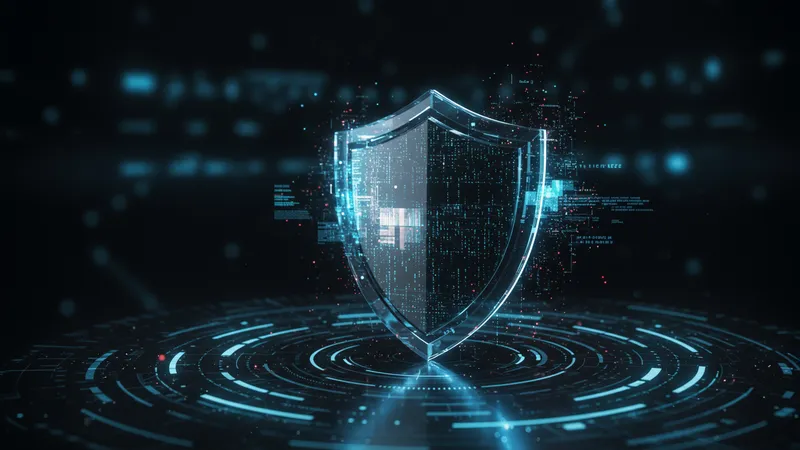
The journey through cybersecurity underscores the need for awakening vigilance at every level—individuals, businesses, and governments. It calls for proactive engagement and innovative thinking, marrying technology with foresight.
The challenge lies not only in the technology but in the philosophy guiding its utilization. To safeguard our digital world, a collective and concerted effort is paramount. Let’s share and act together to fortify our defenses.